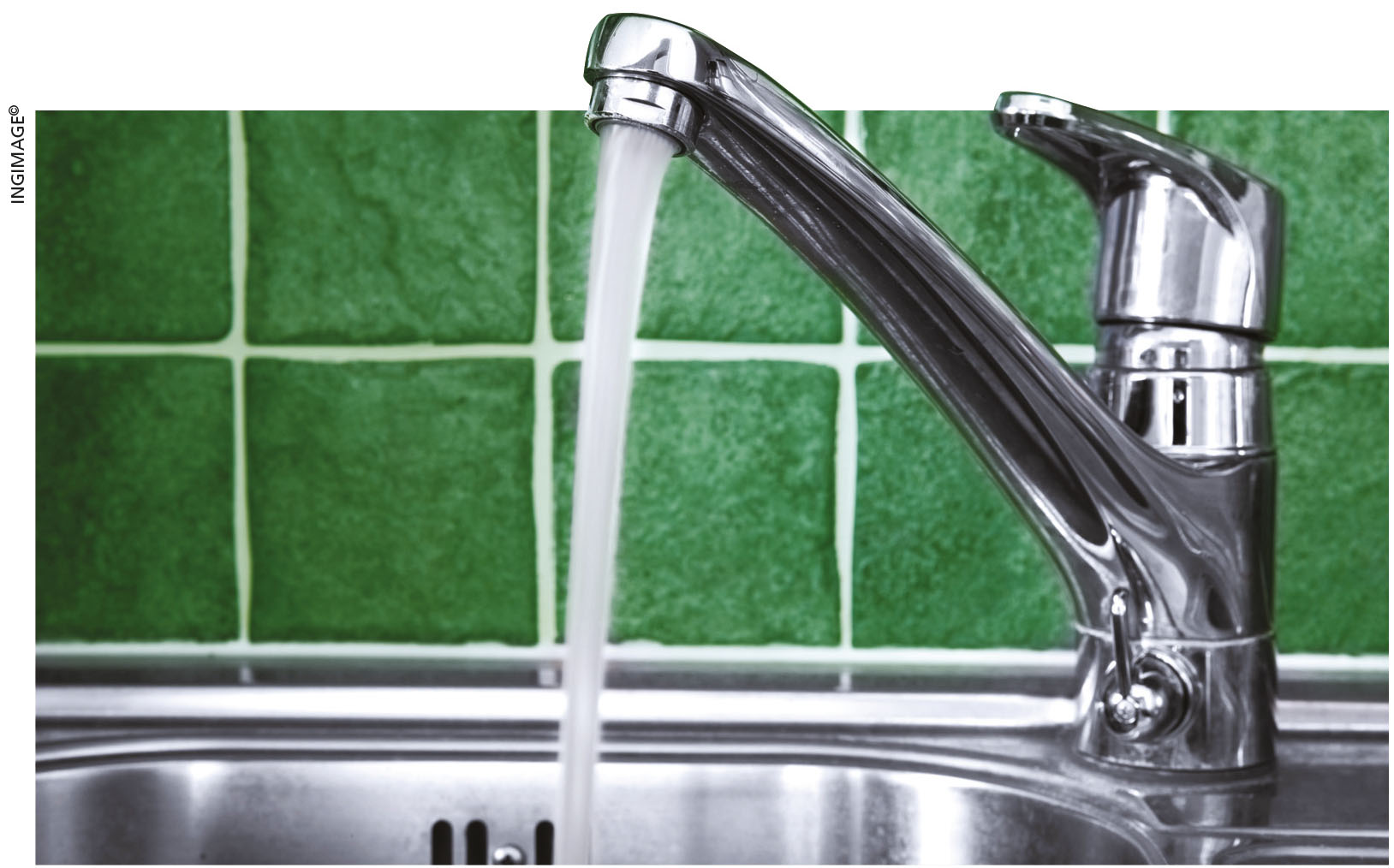WATER MANAGEMENT
POST-COVID WATER SYSTEMS
Sashan Rodrigo offers some valuable insights as businesses gradually reopen
The novel coronavirus has brought with it a string of changes to every aspect of our lives. The economic impact of the pandemic has hurt businesses globally and Sri Lanka is no exception in this regard as many businesses have remained closed in recent months.
Meanwhile, the government has put in place measures for businesses to adhere to as they reopen. However, information regarding the maintenance of water systems and how to prevent the spread of COVID-19 through them has been lacking.
Fortunately, with the installation of conventional treatment systems for drinking water, the spread of the coronavirus can be mitigated. As lockdowns around the world continue to ease and offices reopen, it is important to maintain clean water and purification standards.
These are some common factors to consider when taking measures to maintain water systems.
With businesses remaining closed for two months or longer and water not being pumped through piping systems, it is advisable that corporates check their plumbing systems, and ensure that rust and any stagnant water is addressed as necessary.
Bacteria such as Legionella can form, leading to waterborne diseases while rust can lead to the presence of heavy metals in the water system.
It is unclear if COVID-19 can form in these stagnant water sources but building managers and business owners should be aware that this is a possibility – and this should be flushed out with fresh water.
As a business owner or building manager, making sure that sewage water is treated properly has become a priority. While the spread (or transmission) of COVID-19 from untreated sewage to humans is an unknown factor, ensuring that wastewater is treated in properly designed and maintained sewage systems is important as this minimises or eliminates the risk.
This is similar to the first point regarding stagnant water but appliances such as fridges and fountains must be flushed out as well. This means ensuring that any water based entities are addressed.
Some examples include replacing ice and defrosting fridges, running taps in offices using cold and then hot water, and flushing every toilet. These are important activities to carry out as appliances with water based connections also have the potential to carry disease if not maintained.
Mould can be present due to moisture that has been present for an extended duration of
time without maintenance. This is especially true for plumbing systems that haven’t been fixed before the pandemic hit as leaks in those systems would promote the growth of mould.
Moreover, mould can grow on a variety of surfaces such as ceiling tiles, wallpaper, insulation, drywall, carpets and fabric. People with respiratory issues such as asthma can experience weakened immune systems as a result of breathing in mould.
Keeping humidity below 50 percent, prioritising fixing sources of moisture release and assessing buildings (especially HVAC systems) are a few points that could help reduce mould.
The Centers for Disease Control and Prevention (CDC) has released guidelines that can be followed to have in place protocols for installing filtration systems and how businesses can prevent disease from spreading.
With regard to the water technology sector, innovative technologies are being developed to tackle waterborne diseases especially in rural areas. For example, nano-scale filtration technology is currently being experimented with to be used in central water treatment systems.
While the biological effects on humans and other biological entities of nano-scale treatments being added to water systems is still under testing, this method is efficient when it comes to creating potable water from desalinated seawater, and brackish water.
Additionally, treating water with nano-scale technology also has a greater chance of eliminating bacteria that lead to waterborne diseases. Sand filtration treatments, and sunlight and plastic bottles are also being used in rural communities to treat water affordably and reduce waterborne diseases.
The most common practices that are being used to treat COVID-19 in water are chlorine, UV germicidal irradiation and ‘ozonation.’ Research indicates that a combination of these treatment methods works best to limit the effect on the natural ecosystem.
For instance, if an excess amount of chlorine is used to treat water and discharged back into waterways, it would be detrimental to the ecosystem.
While reopening businesses,it is important to remember that plumbing systems and other sources that promote stagnant water are addressed as well. Buildings that have been closed for a long time have the potential to cause waterborne diseases and other respiratory diseases if water systems are not properly maintained.
As a building owner or manager, these factors must be taken into account when reopening for business.







The impact of climate change has been furthered by the COVID-19 pandemic, and it has been an overwhelming and dreadful nightmare. Controlling climate change was mostly to do with the control of manmade disasters that made water management crucial.
However, the combination of climate change and COVID-19 together is further exerting more burden on the already limited water resources – especially the potable ones or those that can be processed for consumption. Thus, it is time to consider natural methods of preserving water – such as rainwater harvesting.